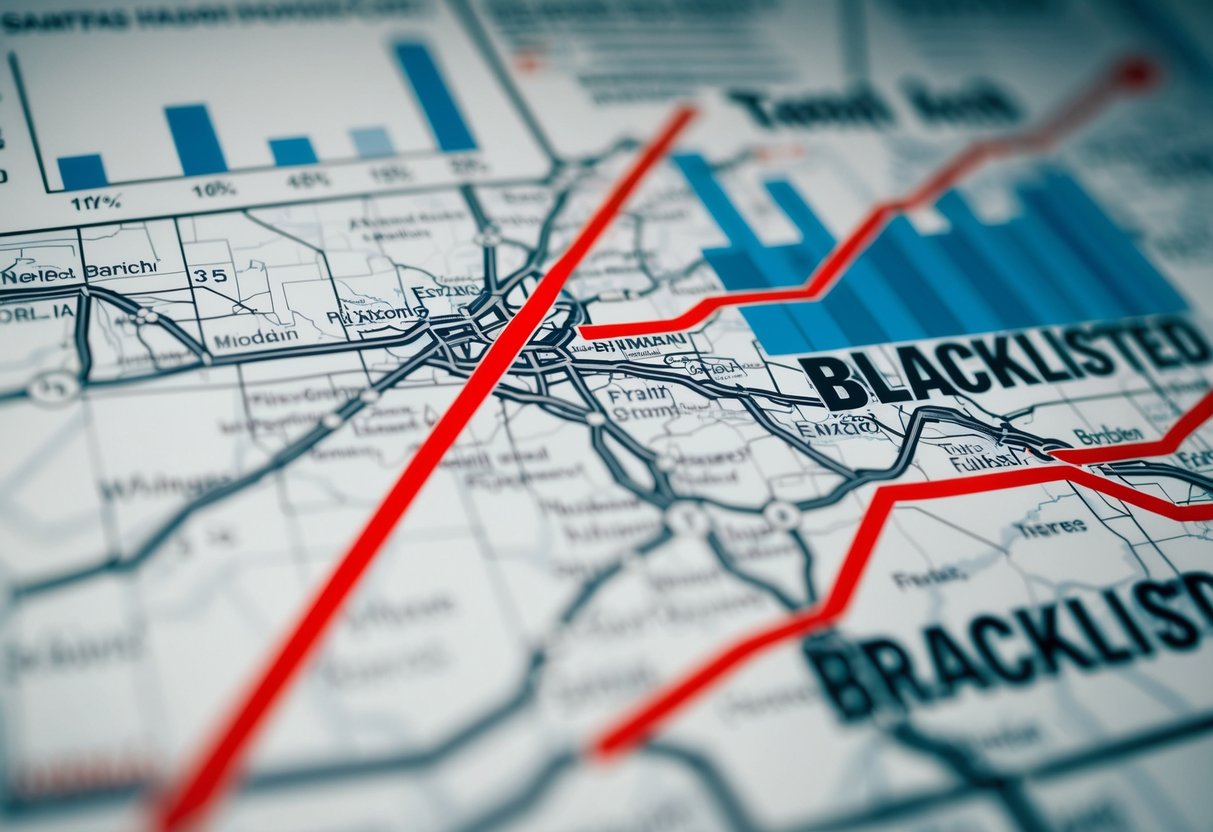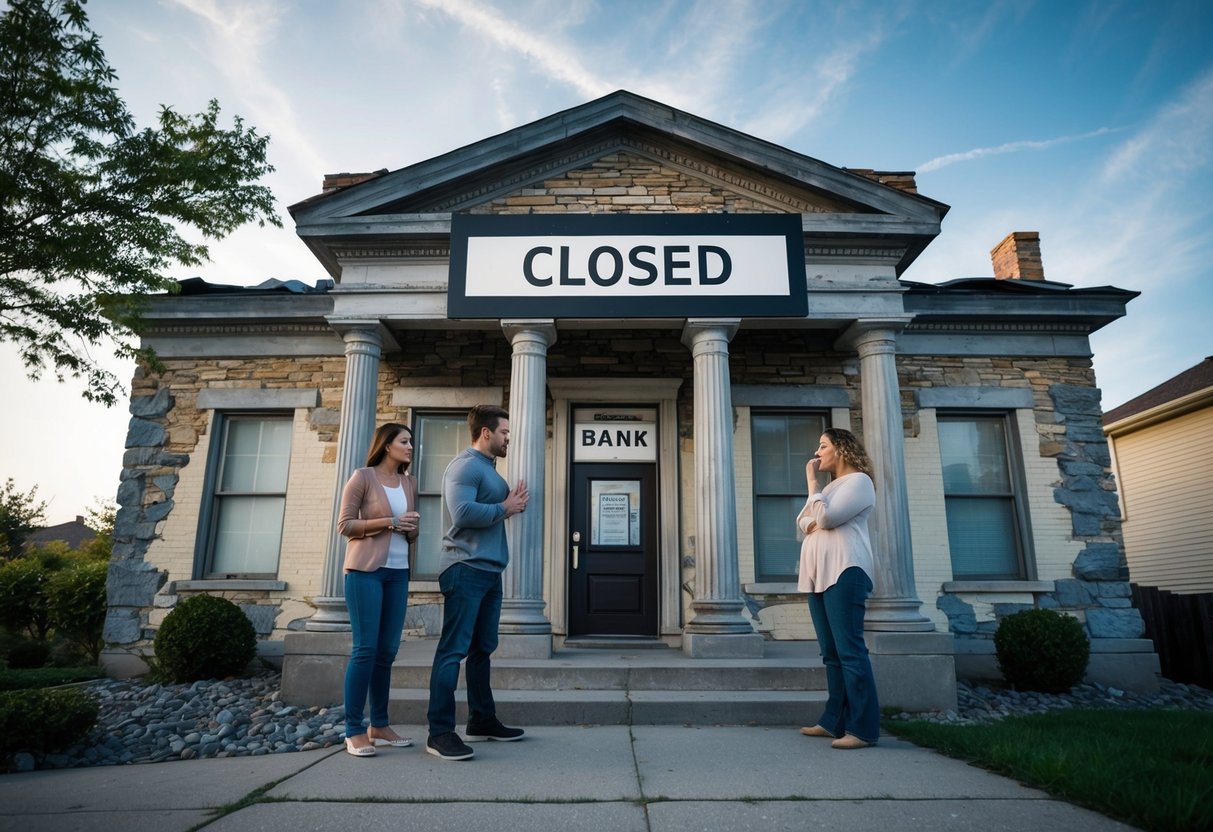Saving for a home deposit is an essential step towards achieving the dream of home ownership, and it’s a goal within reach with the right plan and discipline. Understanding the full costs of home ownership, including stamp duty, conveyancing fees, and potential lender’s insurance, is critical before setting out on this financial journey. As a first home buyer, it’s important to assess your financial situation and calculate how much you need to borrow, which directly influences the deposit required.

Developing a savings strategy is next in importance. Selecting savings methods that align with your financial habits and goals can significantly impact your ability to accumulate a house deposit. Utilising various tools, such as savings calculators, can help you visualise your progress. Additionally, exploring government schemes designed to assist first home buyers can provide a valuable boost to your savings. Consistency in saving, paired with wise financial choices, will edge you closer to purchasing a home.
Key Takeaways
- Clarify the total cost of purchasing a home to determine your deposit amount.
- Create a tailored savings plan that suits your financial capacity and goals.
- Investigate government incentives that may accelerate your saving efforts.
Understanding Home Ownership Costs
When preparing for home ownership, it’s essential to understand not only the initial financial requirements but also the ongoing costs that will impact your budget.

Budgeting for Upfront Costs
Upfront costs are the one-time fees and charges associated with purchasing a home. Here is a breakdown of what you should budget for:
-
Stamp Duty: This is a tax levied by state and territory governments, ranging from about 1.4% to 5.5% of the property value, depending on the location and price of your home.
Property Price Stamp Duty Estimate $300,000 $4,200 – $16,500 $500,000 $7,000 – $27,500 $700,000 $9,800 – $38,500 -
Conveyancing Fees: Conveyancers or solicitors facilitate the legal transfer of the property into your name, costing approximately $1,000 to $3,000.
-
Building and Pest Inspections: These are essential to identify any building defects or pest infestations, typically ranging from $300 to $600.
-
Insurance: Building insurance and possibly mortgage protection insurance will be required before settlement, the cost of which may vary based on your property and needs.
Estimating Ongoing Expenses
Once you’ve moved into your new home, the financial commitment extends to several ongoing expenses:
-
Council Rates and Body Corporate Fees: These are regular payments that contribute to local council services and, if applicable, the maintenance of common areas in strata-titled properties.
-
Home and Contents Insurance: This protects your home and belongings, with annual costs that can range widely based on the value of your assets and level of cover.
-
Maintenance and Repairs: Setting aside funds for unexpected repairs will help in managing future costs effectively. A general guideline is to budget 1% of your home’s value per year for maintenance.
-
Utilities: Consider the ongoing costs for water, gas, electricity, and internet services, which can sum to a significant yearly expense.
Understanding and preparing for these costs can better position you to achieve long-term financial stability as a homeowner.
Setting Your Savings Target

Before you embark on the journey to buy a home, it’s crucial for you to define a clear savings target. This will determine the size of your deposit and ensure you account for additional costs that come with purchasing property.
Determining Your Deposit Size
A hefty deposit reduces your loan to value ratio (LVR), which is the amount of your loan compared to the value of the property. Ideally, you should aim for a deposit that is 20% of the house’s purchase price. With this, you avoid the extra cost of lenders mortgage insurance (LMI). Some lenders may accept a minimum deposit as small as 5%, but this leads to a larger loan amount and the requirement of LMI. LMI is designed to protect the lender in case you default on your loan, but it can add a significant cost to your borrowing.
Accounting for Additional Costs
Beyond the deposit, there are several additional costs that you’ll need to cover:
- Stamp duty: This is a government tax on property purchases. The amount varies by state and the value of the property.
- Legal fees: You’ll need a solicitor or conveyancer to handle the legal aspects of buying a home.
- Building inspections: Before the purchase, you should get a professional to inspect the property for any issues.
- Moving costs: Don’t forget to factor in the expenses for moving day.
- Loan application fees: Some lenders charge a fee to process your loan application.
- Mortgage registration and transfer fees: These are state government charges for registering your mortgage and transferring the property title.
It’s your responsibility to include these costs in your savings target to ensure a smooth home-buying process.
Choosing the Right Savings Strategies
When saving for a home deposit, selecting a savings account with a favourable interest rate and considering various investment options can accelerate your progress.

Exploring Savings Accounts
Your choice of savings account is pivotal, as different accounts offer different interest rates and conditions. Look for accounts with high-interest rates to maximise your earnings. A high-yield savings account typically offers a better return than a standard transaction account.
- Standard Savings Accounts usually offer variable interest rates and easy access to your funds.
- Term Deposits lock in your money for a fixed period at a fixed interest rate, potentially providing higher interest than a savings account, but with less flexibility.
It is crucial to compare monthly fees, withdrawal restrictions, and the interest rate offered to ensure that you’re getting the most out of your savings.
Considering Investment Options
Apart from traditional savings, you might consider investment options that can potentially offer higher returns.
- Shares: Investing in the stock market could provide higher returns than savings accounts, but comes with higher risk. Ensure you’re comfortable with this before proceeding.
- Investment properties or managed funds can diversify your portfolio but require knowledge or professional advice to manage effectively.
Remember, all investments carry some level of risk, and it’s essential to evaluate how they align with your savings timeline and risk appetite.
Leveraging Government Schemes
There are multiple government schemes in Australia that you can utilise to maximise your savings for a home deposit. These are tailored to assist first home buyers in entering the property market.
First Home Owner Grant
The First Home Owner Grant (FHOG) is a one-time payment designed to encourage and assist first home buyers with purchasing their first home. The amount and conditions vary between states and territories, so it’s crucial to check the specific details for your location. You may qualify for a significant contribution toward your deposit through this grant.
First Home Super Saver Scheme
Under the First Home Super Saver Scheme (FHSSS), you can contribute voluntary superannuation contributions to save for your first home deposit. Contributions are taxed at a reduced rate, allowing potential tax benefits, which can enhance your savings. The scheme allows you to withdraw these contributions and associated earnings, capped at $15,000 per financial year, up to a total of $30,000 contributions across all years.
Home Guarantee Scheme
The Home Guarantee Scheme is another federal initiative aimed at first home buyers. This scheme allows you to purchase a property with a deposit as low as 5%, with the government guaranteeing up to 15% of the home value. This effectively helps you avoid the cost of Lenders Mortgage Insurance (LMI), potentially saving you thousands of dollars while getting you into your home sooner. Eligibility criteria do apply, so ensure you meet the requirements before banking on this scheme.
Maintaining Financial Discipline
Achieving your goal of saving for a house deposit is reliant upon maintaining strict financial discipline. By controlling your spending habits and managing your debts efficiently, you can set yourself on a path that leads directly to the keys of your new home.
Controlling Spending Habits
Creating a Budget:
First, you need to establish a budget that outlines your income, expenses, and savings goals. This budget is your financial blueprint, clearly delineating where your money should be allocated each month.
- Track Your Expenses: Keep a meticulous record of all expenditures to avoid overspending in various categories.
- Cut Unnecessary Expenses: Evaluate your regular spending and identify areas where you can reduce costs, such as eating out less or cancelling unused subscriptions.
- Use Automatic Transfers: Set up an automatic transfer to your savings account on payday. This ensures you save before you have the chance to spend.
Managing Debts Efficiently
Prioritising Debts:
The interest on debts can erode your ability to save. Tackle your debts by prioritising high-interest loans to minimise the total interest paid over time.
- Consolidate Debts: If possible, consolidate multiple debts into one with a lower interest rate to make repayments more manageable.
- Extra Repayments: Whenever you can, make additional repayments to reduce the principal faster and decrease the interest incurred.
- Avoid New Debt: Be cautious about taking on new debts that could derail your saving efforts for your home deposit.
Alternative Funding Sources

When saving for a home deposit, beyond traditional savings, you might consider alternative funding sources such as guarantor support or rent-to-buy schemes. These options can help align your financial situation with your homeownership goals more efficiently.
Understanding Guarantor Support
A guarantor can help you secure a home loan by offering additional security to the lender. If you have a guarantor, typically a close family member, they agree to take responsibility for the loan if you cannot make the repayments. This can increase your borrowing power and potentially reduce or even eliminate the need for a deposit. In some cases, having a guarantor might also help you avoid the cost of Lenders’ Mortgage Insurance.
What you need:
- A guarantor who is willing and financially able to back your loan.
- An understanding that the guarantor’s property or savings will be at risk if you default.
Benefits:
- You may borrow a larger amount.
- You can potentially buy a home sooner without the ideal deposit saved.
Risks:
- Your guarantor’s financial security is on the line.
- If you fail to make payments, it could strain personal relationships.
Exploring Rent-to-Buy Options
Rent-to-buy agreements allow you to enter a contract where you rent a property with the option to purchase it at a later date, usually at a predetermined price. During the rental period, a portion of your rent payments contributes to the home deposit. It’s a structured way to build your deposit while living in the home you plan to buy.
How it works:
- You agree on a purchase price with the seller.
- A part of your regular rent goes towards the future deposit.
- You have the option to buy the home after a set rental period.
Considerations:
- Ensure the contract terms are clear and fair.
- Consider the potential for property value changes over the rental period.
Using alternative sources like guarantor support or rent-to-buy schemes might provide the boost needed to help you transition from a renter to a homeowner. Make sure to get professional financial advice to understand all implications for your unique situation.
Frequently Asked Questions
What are effective strategies for accumulating a house deposit while renting?
Setting strict budgeting goals and finding ways to reduce rental expenses can help you save for a house deposit. Strategies like sharing accommodation, negotiating rent, or moving to a more affordable area can increase your capacity to save.
Which government schemes can assist with saving for a house deposit?
In Australia, you can utilise the First Home Super Saver Scheme to save for a deposit inside your superannuation fund, or look into the First Home Owner Grant if you’re a first-time buyer. There may also be state-specific schemes available.
How does one budget effectively to save money for a house on a low income?
To budget efficiently on a low income, prioritise your spending to save a consistent portion of your income. Focus on cutting non-essential expenses and look for additional income sources, such as a part-time job or government benefits you may be eligible for.
What tools or calculators can help plan savings towards a house deposit?
Online savings calculators can provide you with a timeline for your savings goals. Financial institutions often provide these tools, like the CommBank Savings Calculator, which allows you to estimate how long it will take to save for your home deposit.
What is considered a sufficient amount to save for a house deposit?
A typical house deposit in Australia is 20% of the property’s price, but some lenders may accept as low as 5%. The exact amount you’ll need can vary depending on the property value and the loan requirements set by your lender.
What are the quickest methods to save for a house deposit?
To rapidly save for a house deposit, increase your income through side jobs, drastically cut down on discretionary spending, and consider high-interest savings accounts or term deposits to grow your savings more quickly. Committing to a strict budget plan is also crucial.









